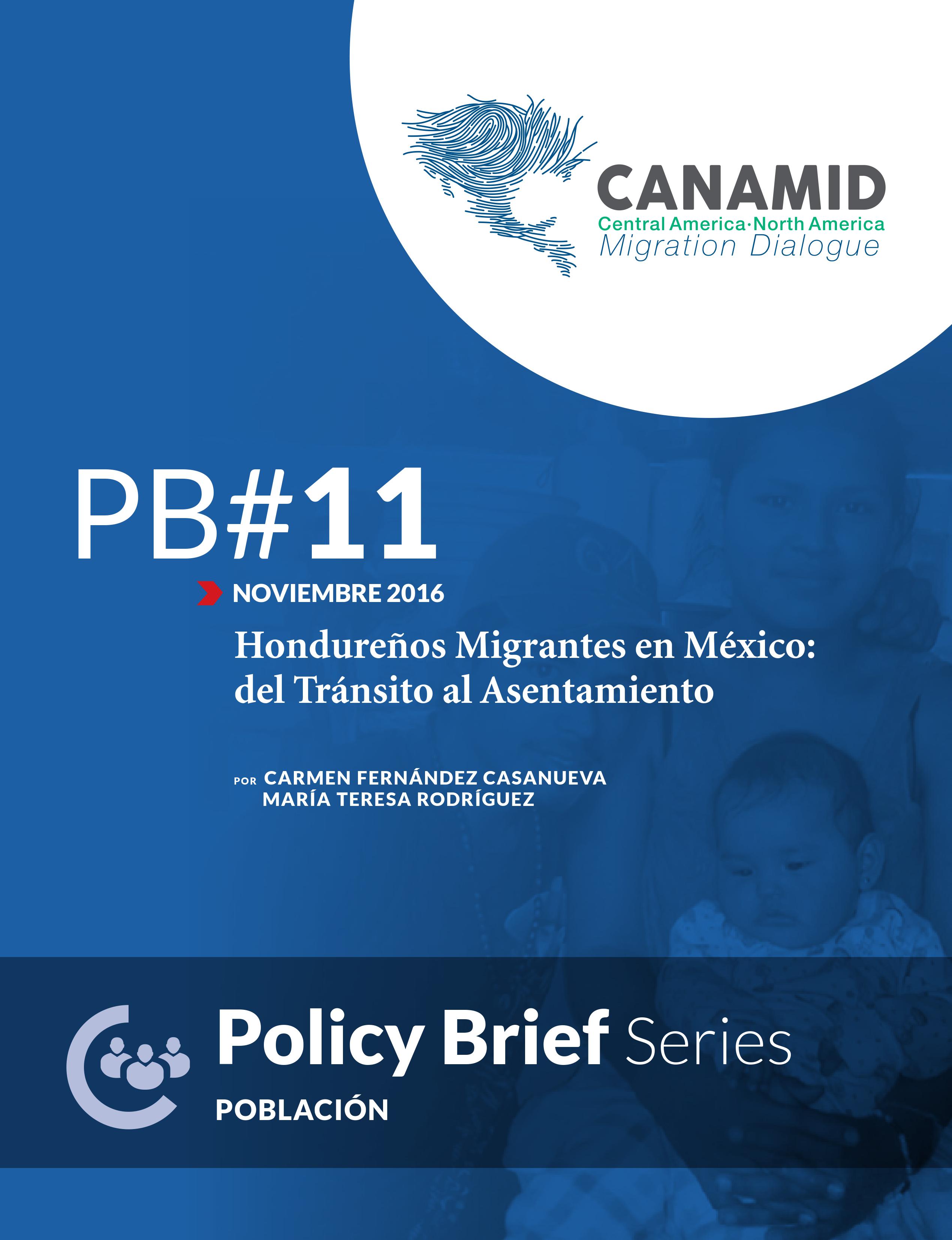
Migration is not a linear and sequential process. Migrants adapt their strategies and change their plans according to both obstacles and opportunities they face during their transit. Consequently, locations where migrants originally intended to simply pass through can become their destination (at least for a period of time). In this way, temporary locations can become more or less permanent. We present the case of Honduran migrants whose original plan was, and may still be, to reach the United States, but who find themselves somewhat settled in Chiapas and Veracruz, two strategic points on the main migratory route through Mexico. Considering the ever-increasing restrictions on migration northwards —“remote control” U.S. policies aimed at externalizing its borders across Mexico, as well as the increased dangers along the migratory route through Mexico— together with the rising levels of violence experienced in migrants’ places of origin, the topic of migration towards the United States becomes ever more complex and calls for an analysis and exploration that addresses the dangers and abuses experienced by migrants passing through Mexico.